Policy Alternatives Research Institute (PARI) / Global Leader Program for Social Design and Management (GSDM) Symposium
GSDM 65th Platform Seminar
Global Energy Outlook and Energy Policy Challenges of Japan and ASEAN
Report

Dr. Fatih Birol (Photo by Kayo Yamashita)
| [Date] | Wednesday, September 16, 15:00-17:20 |
|---|---|
| [Venue] | Ito Hall, Ito International Research Center, Hongo Campus of the University of Tokyo Map |
| [Language] | English/Japanese simultaneous interpretation |
| [Hosted by] | Policy Alternatives Research Institute (PARI) / Global Leader Program for Social Design and Management (GSDM), the University of Tokyo |
| [Supported by] | Economic Research Institute for ASEAN and East Asia (ERIA) |
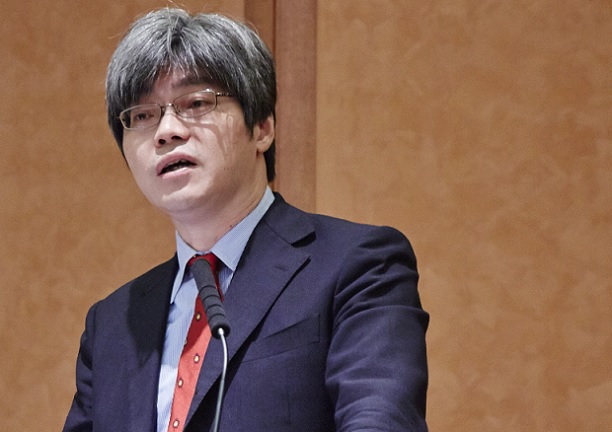
Opening Speech
Prof. Ichiro Sakata
Director, Policy Alternatives Research Institute (PARI) / Professor, Graduate School of Engineering, the University of Tokyo
|
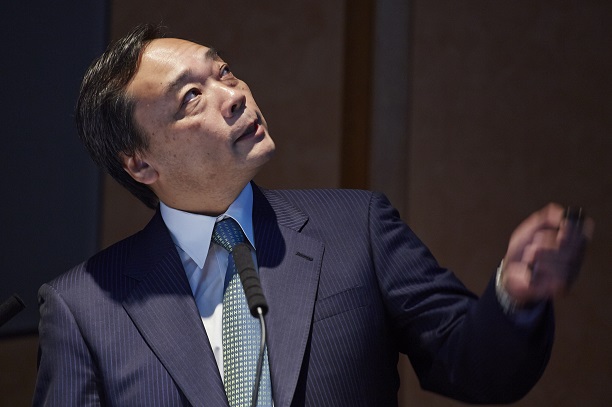
Special Speech
Mr. Takayuki Ueda
Vice-Minister for International Affairs, Ministry of Economy, Trade, and Industry (METI)
Former Commissioner, the Agency for Natural Resources and Energy
|
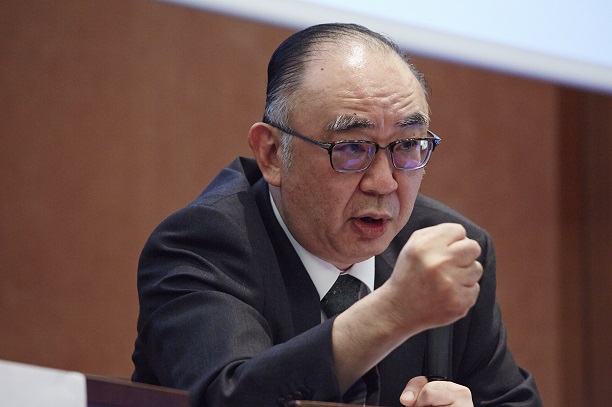
Special Speech
Mr. Hidetoshi Nishimura
President, Economic Research Institute for ASEAN and East Asia (ERIA)
|
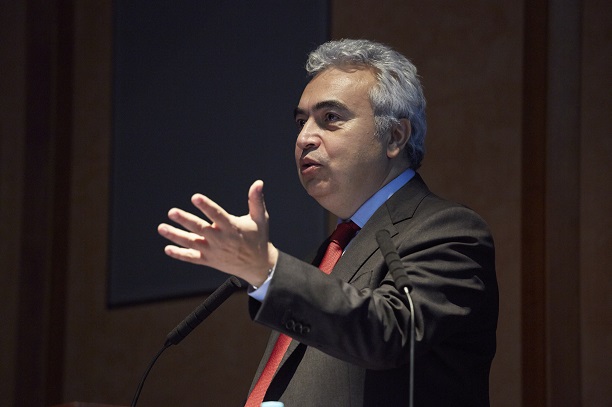
Keynote Speech
Dr. Fatih Birol
Executive Director, International Energy Agency (IEA)
|
|
Panel Discussion
Panelists
|
|
Dr. Fatih Birol
Executive Director, International Energy Agency (IEA)
|
|
Mr. Hidetoshi Nishimura
President, Economic Research Institute for ASEAN and East Asia (ERIA)
|
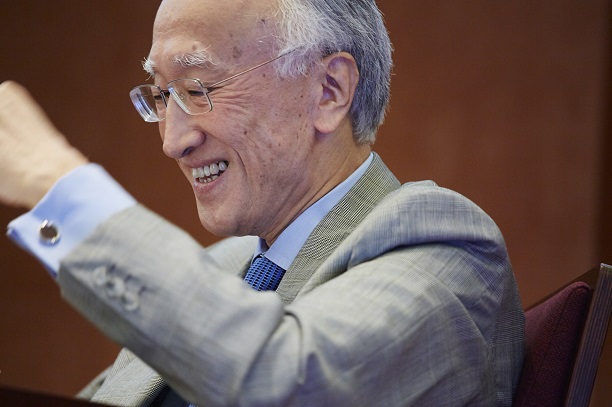
Mr. Nobuo Tanaka
President, the Sasakawa Peace Foundation
Former Executive Director, International Energy Agency (IEA)
|
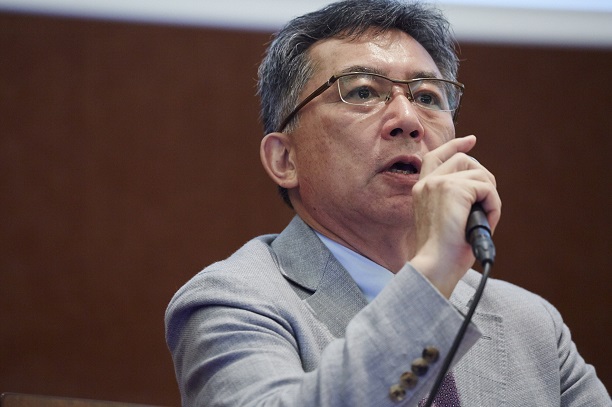
Moderator
Prof. Hisashi Yoshikawa
Project Professor, Policy Alternatives Research Institute (PARI) / Graduate School of Public Policy (GraSPP), the University of Tokyo
|
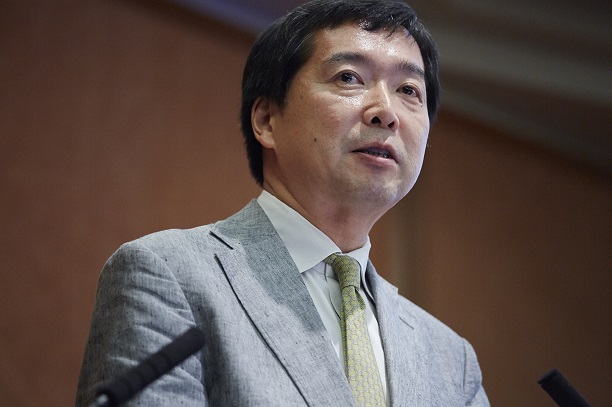
Closing Remarks
Prof. Hideaki Shiroyama
Dean, Graduate School of Public Policy (GraSPP) / Professor, Graduate Schools for Law and Politics, the University of Tokyo
|
Report
On September 16, the international symposium "Global Energy Outlook and Energy Policy Challenges of Japan and ASEAN" was held.
This symposium was timely in a number of ways. First, Dr. Fatih Birol visited Japan for the first time after he became the Executive Director of the International Energy Agency (IEA). This symposium was a valuable opportunity to learn his views on global energy trends and IEA’s mission. Second, there have been structural changes in global energy supply and demand centered around Asia. Third, this symposium was held at a time of heightened public interests in global environmental issues as the 21st annual session of the Conference of the Parties (COP21) is scheduled in November this year. Furthermore, as the Basic Energy Plan and the Long-term Energy Supply and Demand Outlook were formulated, the foundation and direction of Japan’s future energy policies have been set.
For this symposium, in addition to Dr. Fatih Birol, the new Executive Director of the IEA, we also invited Mr. Takayuki Ueda, Vice-Minister for International Affairs of the Ministry of Economy, Trade and Industry (METI) and former Commissioner of the Agency for Natural Resources and Energy, Mr. Hidetoshi Nishimura, President of the Economic Research Institute for ASEAN and East Asia (ERIA), and Mr. Nobuo Tanaka, President of the Sasakawa Peace Foundation and former Executive Director of the IEA. The following summarizes the main topics of discussion.
-
Global Energy Supply and Demand StructureLooking ahead to 2040, because China’s energy demand growth is not expected to be as steep as before as a result of economic slowdown, global energy supply and demand will be mainly influenced by India and ASEAN. On one hand, the supply side has seen a rapid expansion of crude oil and natural gas production in North America. However, because of current low oil prices, investment in the upstream sector will fall substantially next year. Therefore, it is uncertain whether there will be sufficient oil supply to meet future energy demand. In addition, it is believed that the production of natural gas, especially LNG, will continue to expand in the future and natural gas will become the world’s most-used first fuel. Moreover, it is also necessary to pay attention to the changing relationship between traditional energy consumers and producers, such as the expanding oil production in IEA member countries and the simultaneous rising oil consumption by traditional oil-exporting countries in OPEC.
-
Energy SecurityWhen the price of oil falls, public attention on energy security also tend to decline. At the same time, however, geopolitical issues in the Middle East have transformed from immediately resolvable frictions to structural problems. Consequently, it is necessary to continue paying attention to energy security as a key national security issue.
-
Global Environmental IssuesIn the political arena, leaders of the United States and China reached a historical agreement on greenhouse gas emissions in November last year. The 21st annual session of the Conference of the Parties (COP21) will be held in Paris at the end of this year. Actually, many countries across the world, including developing ones, have already submitted their Intended Nationally Determined Contributions (INDCs) on greenhouse gas emission reduction commitments to the United Nations. In the meantime, there have been some more hopeful signs in the field. For example, growth in global CO2 emissions has stalled. Also, more and more countries have introduced energy conservation and renewable energy development policies. Such concerns and actions regarding global environmental issues have sent a future-oriented signal to the energy sector and will influence investment and other significant decisions.
-
Human Resource DevelopmentWithin ASEAN, member countries face very different economic development and energy access realities. Although such difference can mean diversity, human resource development is still high in the energy policy agenda particularly for the countries where energy access is not enough.
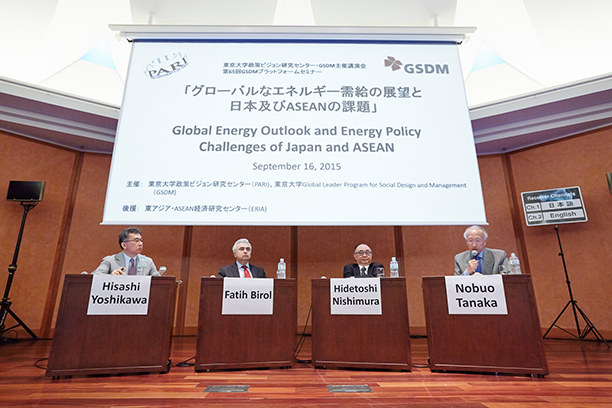
Photos by Kayo Yamashita


